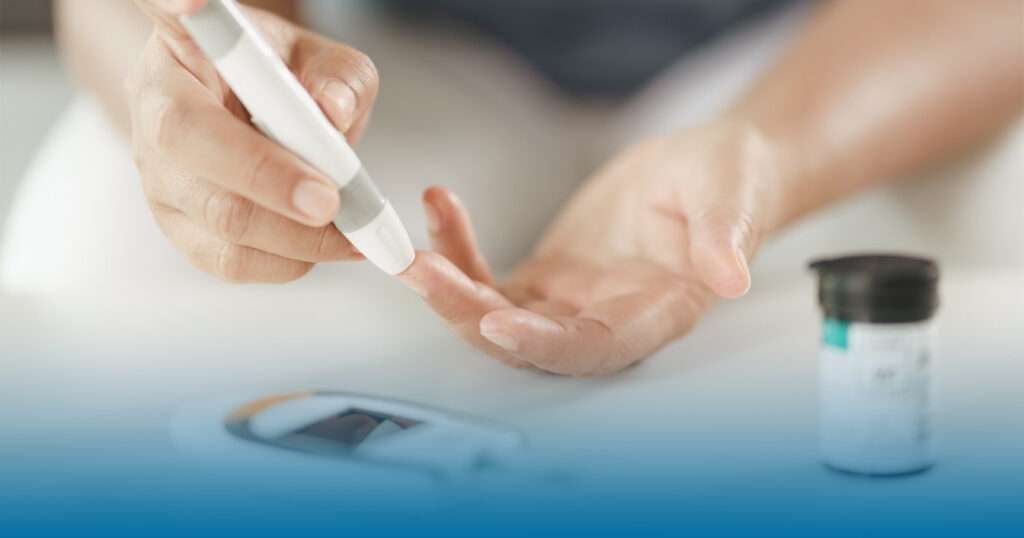Point-of-care diagnostics (POC) represent one of the fastest-growing segments in the global in-vitro diagnostics (IVD) industry, enabling rapid medical testing at or near the site of patient care. This capability significantly reduces diagnostic turnaround times, facilitates immediate clinical decision-making, and improves patient outcomes, especially in resource-limited or time-critical scenarios. The convergence of advanced biosensor technologies, miniaturized molecular platforms, and integrated data connectivity has positioned POC testing as a transformative healthcare innovation. With the global point-of-care diagnostics market projected to exceed USD 75 billion by 2030 (CAGR 9–10%, Grand View Research, 2025), understanding its clinical, technical, and regulatory dimensions is essential for stakeholders aiming to leverage its potential.
What Are Point of Care Diagnostics?
Point-of-care diagnostics are medical testing devices or systems designed to be used at or near the site of patient care, eliminating the need to send samples to centralized laboratories. Results are typically available within minutes to an hour, enabling poc healthcare providers to make immediate treatment decisions.
According to the World Health Organization (WHO), POC testing must meet the ASSURED criteria:
- Affordable – Cost-effective for target settings
- Sensitive – Accurately detect true positives
- Specific – Accurately detect true negatives
- User-friendly – Easy to perform with minimal training
- Rapid & Robust – Deliver quick results and withstand environmental conditions
- Equipment-free – Minimal instrument dependency
- Deliverable – Accessible to end-users in need
Technology Landscape for Point of Care Diagnostics in 2025
- Molecular POC Platforms
- Example: Cepheid’s GeneXpert® Omni portable PCR for tuberculosis and SARS-CoV-2 detection.
- Regulatory status: Multiple FDA 510(k)-cleared and CE-marked devices, with WHO prequalification for global use.
- Immunoassay-Based POC Tests
- Biosensor and Lab-on-a-Chip Devices
- Liquid Biopsy POC Systems
Digital Therapeutics: Empowering Patients to Take Charge of Chronic Conditions
Clinical Impact and Applications in Point of Care Diagnostics
Infectious Disease Management
Rapid diagnosis of malaria, HIV, influenza, and COVID-19 in primary care and outbreak settings reduces transmission risk and guides targeted therapy.
Chronic Disease Monitoring
POC HbA1c analyzers and lipid profile poc diagnostic devices support regular monitoring for diabetes and cardiovascular disease in both urban and rural clinics.
Emergency & Critical Care
Bedside troponin, D-dimer, and lactate testing allow emergency physicians to rapidly triage cardiac events, sepsis, and pulmonary embolisms.
Maternal and Neonatal Health
Rapid syphilis, Group B strep, and preeclampsia POC tests improve antenatal screening, especially in underserved regions.
Regulatory Landscape in POC Diagnostics
POC diagnostics must comply with a multi-tiered regulatory framework to ensure safety, effectiveness, and quality.
United States
- FDA regulates POC diagnostic devices under 21 CFR Part 809 (In Vitro Diagnostic Products).
- CLIA Waiver is critical for non-laboratory settings, granted to devices that are simple and have low risk of erroneous results.
European Union
- Governed by the In Vitro Diagnostic Medical Devices Regulation (IVDR) (EU) 2017/746).
- Devices must obtain CE marking after conformity assessment by a Notified Body.
India
- Regulated under the Medical Devices Rules, 2017, overseen by the Central Drugs Standard Control Organisation (CDSCO).
- Certain POC tests fall under notified devices requiring a manufacturing/import license.
- Quality systems must comply with ISO 13485 and, where applicable, WHO prequalification for public procurement.
POC Diagnostics Market Outlook
The POC diagnostics market is expanding due to:
- Rising prevalence of infectious and chronic diseases
- Growing demand for decentralized testing in rural and peri-urban regions
- Technological advances in biosensors and connectivity
- Increased healthcare spending in emerging economies
Regional insights (2025)
- North America: Dominates market share due to advanced infrastructure and reimbursement support.
- Asia-Pacific: Fastest growth due to rural healthcare expansion and government screening programs (e.g., India’s Ayushman Bharat scheme).
- Africa: High adoption for HIV and malaria rapid tests, supported by global health initiatives.
Challenges and Future Directions of POC Diagnostics
While POC diagnostics offer significant promise, challenges remain:
- Quality Assurance: Maintaining accuracy in diverse environmental conditions.
- Supply Chain Resilience: Preventing shortages in high-demand scenarios like pandemics.
- Regulatory Harmonization: Aligning global and local approval processes to speed up market entry.
- Integration with Digital Health: Ensuring secure data transfer and interoperability with electronic health records (EHRs).
Emerging trends to watch include AI-enhanced interpretation, wearable POC sensors, and multiplex panels capable of detecting multiple diseases from a single sample.
Conclusion
Point of care diagnostics are no longer supplementary tools; they are becoming central to healthcare delivery models worldwide. Their ability to bridge the gap between diagnosis and treatment, especially in underserved regions, positions them as a critical component of future poc healthcare infrastructure. With technological innovation accelerating and regulatory frameworks adapting, the next decade will see POC testing integrated deeply into public health strategies, chronic disease management, and personalized medicine.
For manufacturers and innovators, the opportunity is immense but success depends on meeting stringent regulatory, quality, and clinical performance requirements. Partnering with experienced regulatory experts like DDReg can transform the path from concept to market-ready solution.
How can DDReg help?
Launching a POC diagnostics product requires navigating complex regulatory pathways, clinical validation requirements, and quality compliance standards across multiple geographies. Our expertise ensures that innovative POC technologies reach the market faster, compliantly, and with sustained global competitiveness.
Read more from DDReg experts here: Digital Therapeutics: Empowering Patients to Take Charge of Chronic Conditions

